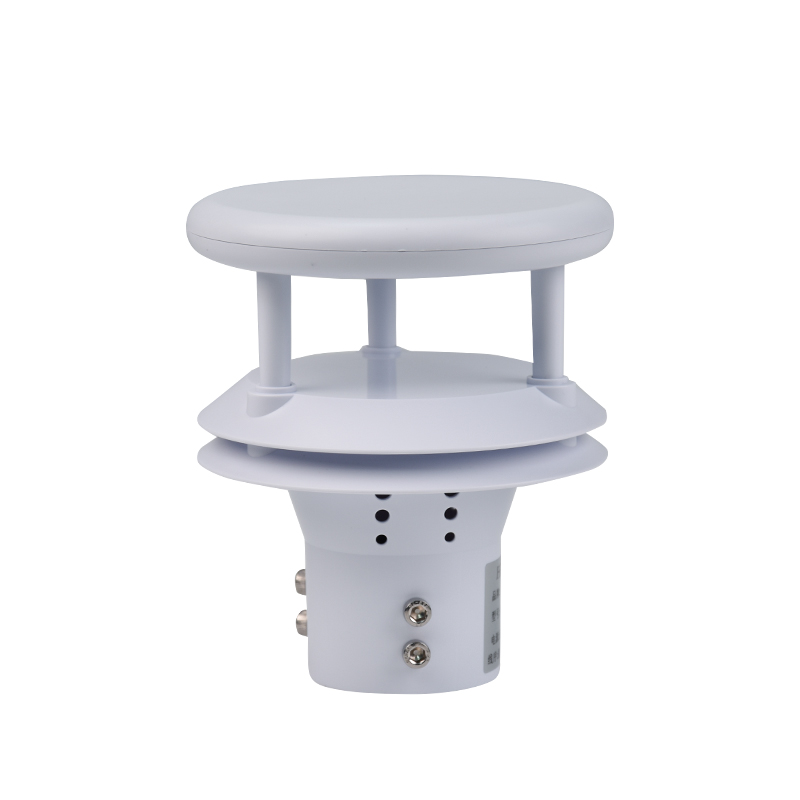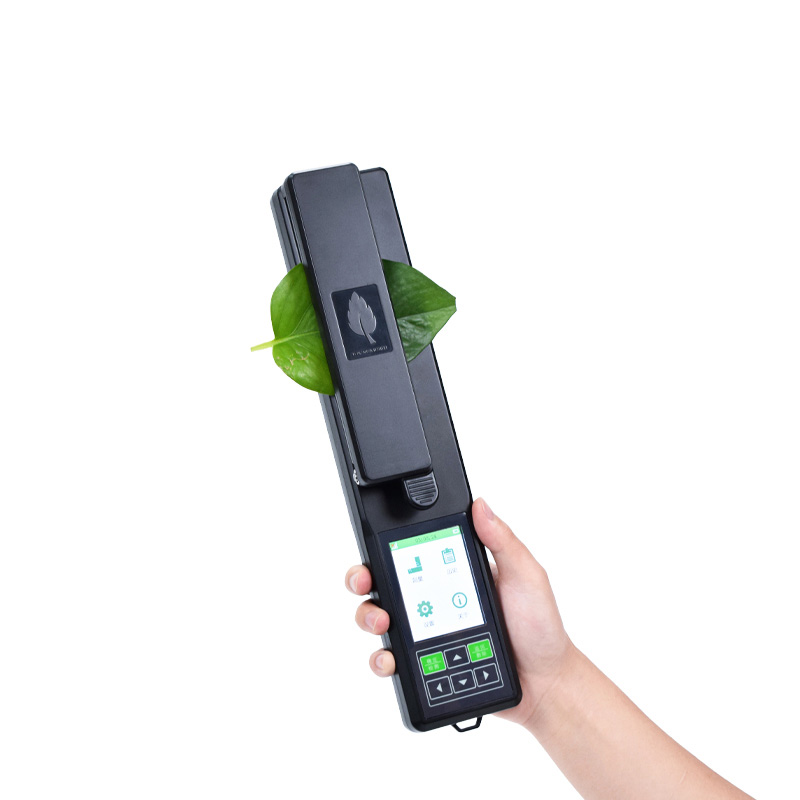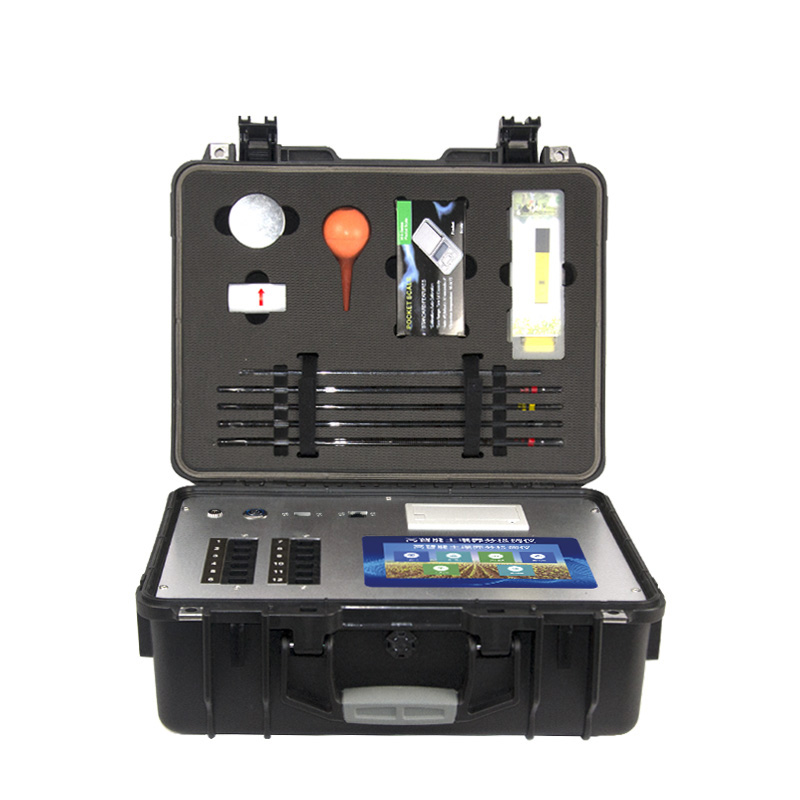Rainfall and water level data serve as critical foundations for fields such as meteorology, hydrology, agriculture, and urban water management. Accurate rainfall data helps predict weather conditions like rainstorms and droughts, enabling early disaster warnings and preparedness. For example, meteorological departments use real-time rainfall data to map precipitation distributions and analyze precipitation trends. Water level measurement, meanwhile, is vital for flood control and drought relief, water resource allocation, shipping safety, and ecological environmental protection, serving as a key basis for water conservancy decisions.
There are multiple methods for measuring rainfall. The tipping bucket rain gauge is a common device, with its core component being the tipping bucket. When raindrops accumulate in the bucket to a certain volume, the bucket automatically tips over. Each tip corresponds to a specific amount of rainfall, and a sensor records the number of tips to measure precipitation. Another type is the weighing rain gauge, which calculates rainfall by measuring the weight of rainwater collected in a receiver. This method is relatively less affected by external environments and offers higher accuracy. For water level measurement, water level meters are commonly used tools, categorized by measurement principle into pressure-type water level meters, ultrasonic water level meters, and radar water level meters. Pressure-type water level meters measure water levels based on the proportional relationship between water pressure on the sensor and water depth. Ultrasonic water level meters calculate water level height by transmitting and receiving ultrasonic waves and measuring the round-trip time of the sound waves. Radar water level meters determine water levels by transmitting electromagnetic waves and analyzing reflected signals.
The FT - SW2 rainfall and water level system is practical due to its ability to measure both rainfall and water levels simultaneously. The rainfall measurement component of FT - SW2 adopts a tipping bucket structure or an optical rainfall sensor. Using radar ranging principles, it adapts to different water body environments, enabling long-distance, non-contact precise water level monitoring. With real-time data transmission, it sends rainfall and water level information to monitoring platforms in a timely manner, facilitating remote viewing and analysis by relevant personnel. Its integrated design ensures easy installation and deployment, making it widely applicable in rivers, lakes, tidal areas, reservoir gates, underground water pipelines, irrigation channels, and other sites.
Through non-contact measurement and combined with cross-sectional parameters to calculate flow, the measurement process is unaffected by external factors such as wind, temperature, haze, sediment, and floating objects, as well as corrosion and foam interference, ensuring stable output of water level and rainfall data. The water level measurement uses a planar array radar antenna with a built-in measurement angle function. The device is compact in size and easy to install. Paired with user-friendly configuration software, parameters can be conveniently adjusted according to actual needs to adapt to different usage conditions, without being affected by changes in atmospheric water vapor, temperature, and pressure.

This paper addresses:https://www.fengtusz.com/industry/750.html









